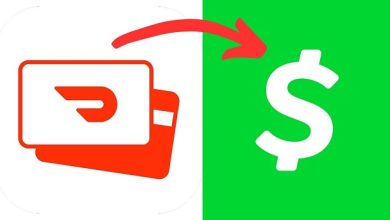What Is the Difference Between Factoring and Forfaiting?

The export business is about making the right choice at the right time. Whether it is the country you are trading with, the products that will work best for trading, your logistics partner, or the trade finance solution that will work for you.
There is no doubt that there are many aspects of the export business that you need to understand, like inward remittance or the various schemes available to exporters. This article will focus on factoring and forfaiting, which are financial tools that help businesses manage their cash flow.
We will look at factoring vs. forfaiting, the definition of factoring and forfaiting, and the right choice between the two.
What is factoring?
Factoring is the process by which a business sells its short-term invoices, collections, or accounts receivables at a discount to obtain short-term finance. Both local and international companies use factoring to access funds.
What is forfaiting?
Forfaiting is the sale of export-related receivables backed by bills of exchange or promissory notes from medium or long-term business transactions. Forfaiting is used exclusively in global trade for large transactions or capital goods. Forfaiting provides exporters an option to avail of medium or long-term funds.
Here’s a detailed table denoting differences between factoring and forfaiting:
| Features | Factoring | Forfaiting |
| Use case | It is found to be suited for smaller businesses that need access to cash flow to keep operations running. It is most commonly used in companies where there are frequent small transactions. | It is preferred by exporters who export capital-intensive products that are high in value and suit industries dealing with large-value exports of machinery and infrastructure to other businesses abroad. |
| Credit period | Factoring services generally involve a shorter credit period, typically within one to three months, and can be up to a maximum of one year. | Forfaiting services offer credit periods for a longer term, which can stretch from six months to seven years, depending on the agreement. |
| Recourse | Options involve factoring with and without recourse as per the agreed terms. When opting for recourse factoring, the seller owns the risk of the buyer not paying. | In forfaiting, the deal is always without recourse, which means the risk of the buyer not paying rests with the forfaitor entirely. |
| Collateral required | The collateral required in this case is the receivables; no additional collateral is sought. | In most forfaiting transactions, there is usually a letter of credit from a renowned financial institution from the buyer’s country or a bank guarantee. |
| Purchase | Open accounts or due invoices where the payment is due in a short time are purchased in case of factoring. | Trade finance instruments like bills of exchange, letters of credit, or promissory notes are purchased. The payments are made in installments structured over a mutually agreed-upon period. |
| Involved parties | In factoring, the three parties involved are the exporter (or seller), the importer (or buyer), and the factoring company. | In forfaiting, the exporter, the importer, the forfaitor, and the guarantor (a bank or financial institution) are the four parties involved. |
| Cost and risks | The cost of factoring includes the fees for factoring and interest. These are based on the amount loaned to the company.
Credit risk in factoring could rest upon the exporter, depending on the deal. |
The cost of forfaiting includes a forfaiting fee (discount rate) and the fee incurred for the letter of credit or the other guarantee provided.
In forfaiting, the credit risk will not be on the exporter as the agreement states non-recourse. |
As you can see, factoring and forfaiting offer similar but distinct financing options. The option you select will depend on the type of business you are in, the kind of transactions you have, the period for payment collection, and the guarantees your buyer provides.




